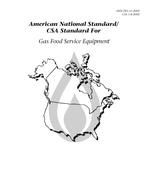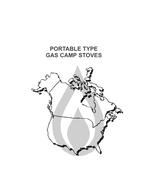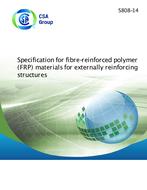The PDF version of this document is text-searchable.
Preface
This is the sixth edition of CSA C22.2 No. 100, Motors and generators, one of a series of Standards issued by the Canadian Standards Association under Part II of the Canadian Electrical Code.
It supersedes the previous editions published in 1995, 1992, 1985, 1982, and 1974.
Significant changes from the previous edition are as follows: (a) the addition of the construction requirements for two- and three-wire generator circuits in Clause 4.14; and(b) an expansion of testing requirements in Clause 11.4.
For general information on the standards of the Canadian Electrical Code, Part II, see the Preface of CAN/CSA-C22.2 No. 0.
1 Scope
1.1This Standard applies to electric motors and generators for installation and use, in accordance with the Rules of the Canadian Electrical Code, Part I, in non-hazardous locations.Note: The term “machine” throughout this Standard should be assumed to mean “motor” and “generator”.
1.2Clauses 1 to 6 are general in nature and apply, unless otherwise noted, to the motors and generators covered by Clauses 7 to 12 as follows:(a) Clause 7 – DC machines and AC machines (including universal motors) in IEC frame size 80 and smaller;(b) Clause 8 – AC machines (including universal motors) in IEC frame sizes 90 to 280 and rated 750 V ac and less;(c) Clause 9 – AC machines rated over 750 V ac or in IEC frame size 315 and larger;(d) Clause 10 – DC machines in IEC frame size 90 and larger;(e) Clause 11 – portable and standby generators; and(f) Clause 12 – inverter-duty AC machines.
1.3This Standard provides basic requirements for machines and does not exclude any additional requirements given in other Standards of the Canadian Electrical Code, Part II.
1.4This Standard does not apply to(a) sealed- (hermetic-) type motors such as those used in refrigerant compressors; or(b) electric machines for use in aircraft, marine service installations, drives for land transportation equipment, or machines used in underground mining.
1.5In CSA Standards, “shall” is used to express a requirement, i.e., a provision that the user is obliged to satisfy in order to comply with the standard; “should” is used to express a recommendation or that which is advised but not required; and “may” is used to express an option or that which is permissible within the limits of the standard.
Notes accompanying clauses do not include requirements or alternative requirements; the purpose of a note accompanying a clause is to separate from the text explanatory or informative material.
Notes to tables and figures are considered part of the table or figure and may be written as requirements. Legends to equations and figures are considered requirements.
Product Details
- Edition:
- 6th
- Published:
- 06/01/2004
- ISBN(s):
- 1553974751
- Number of Pages:
- 120
- File Size:
- 1 file , 1.7 MB
- Product Code(s):
- 2416887, 2416887


